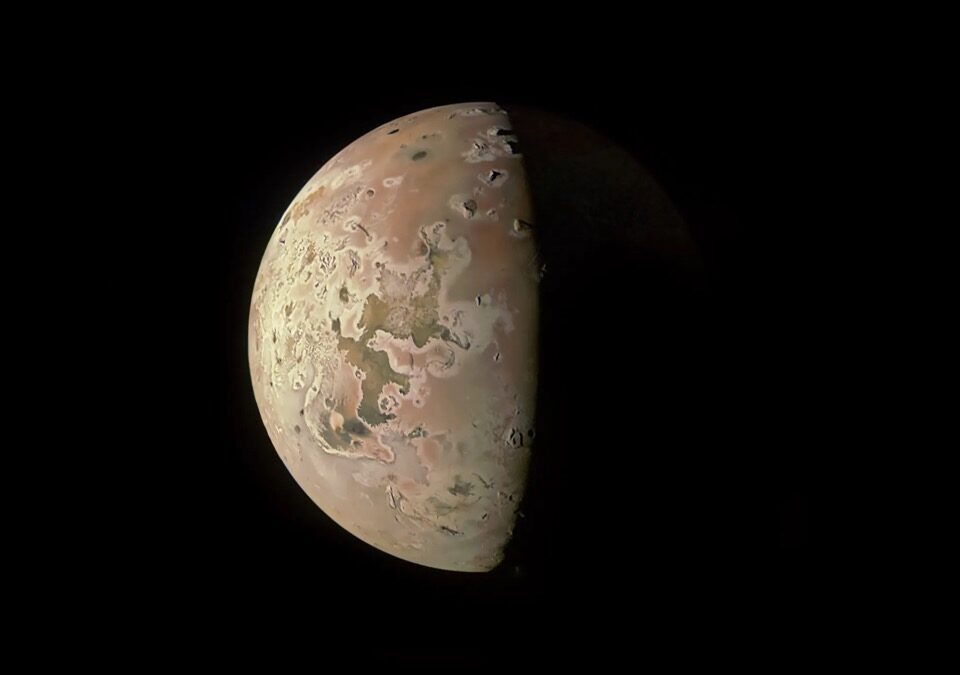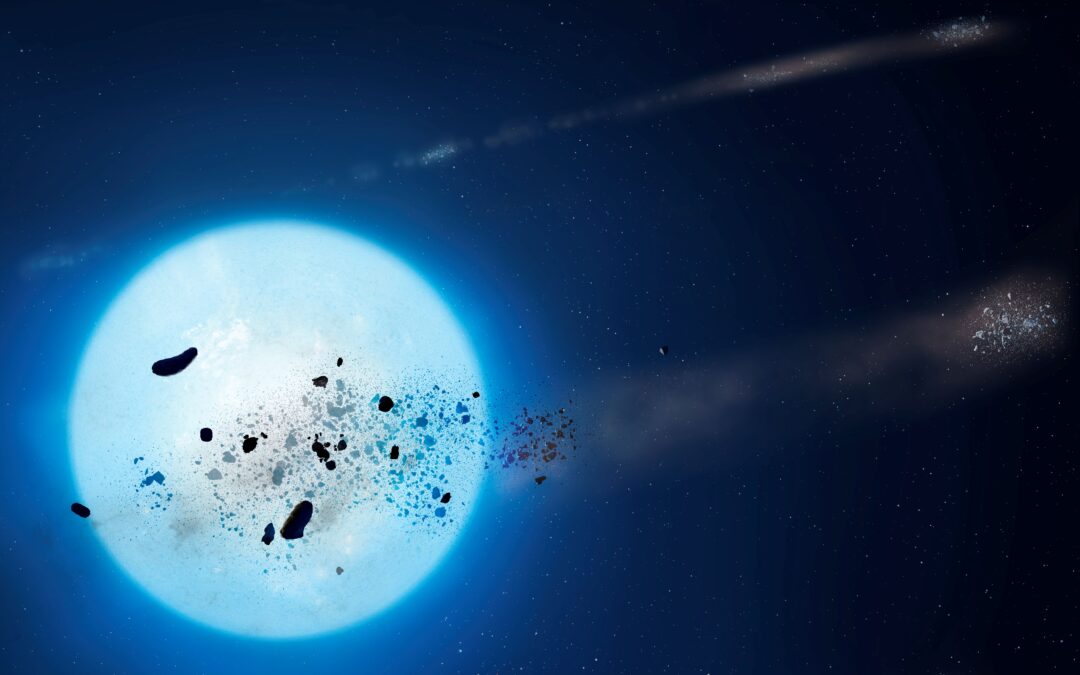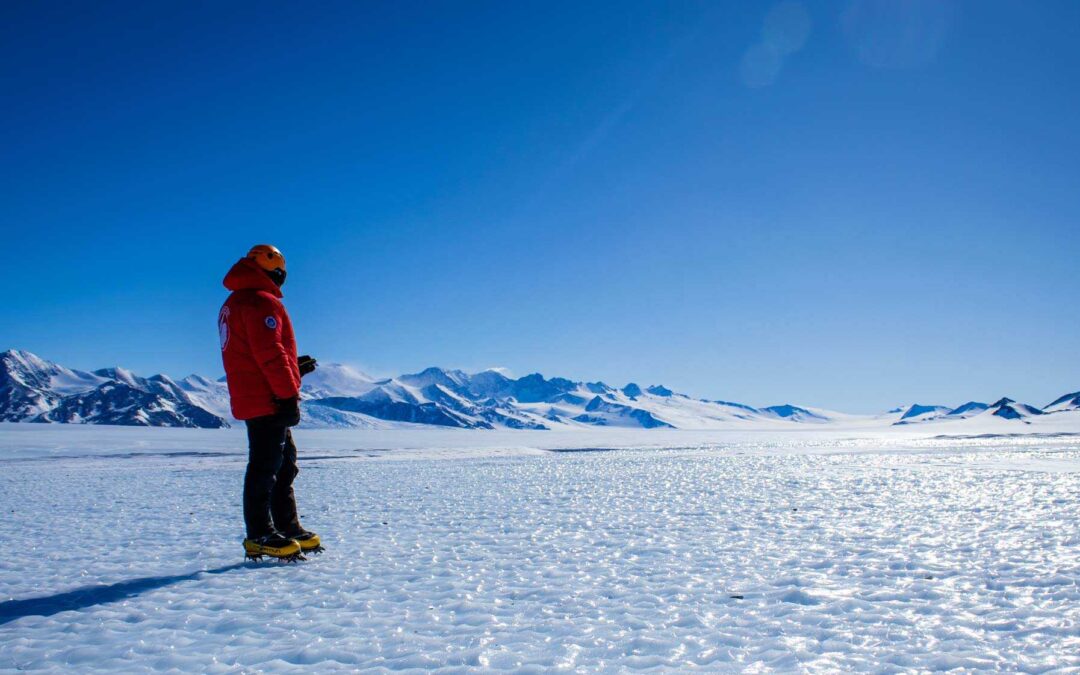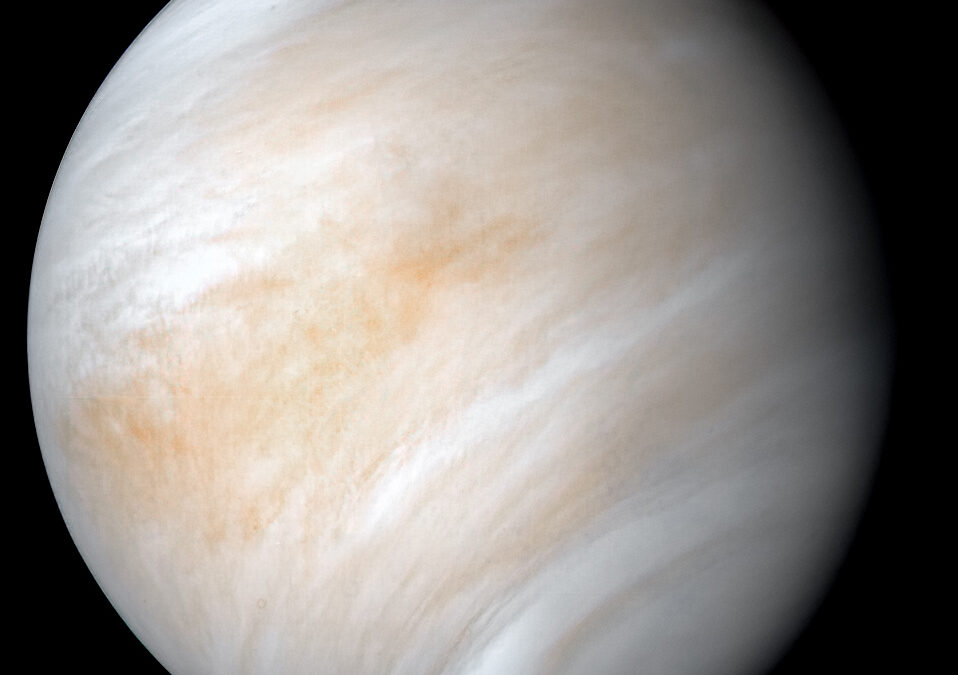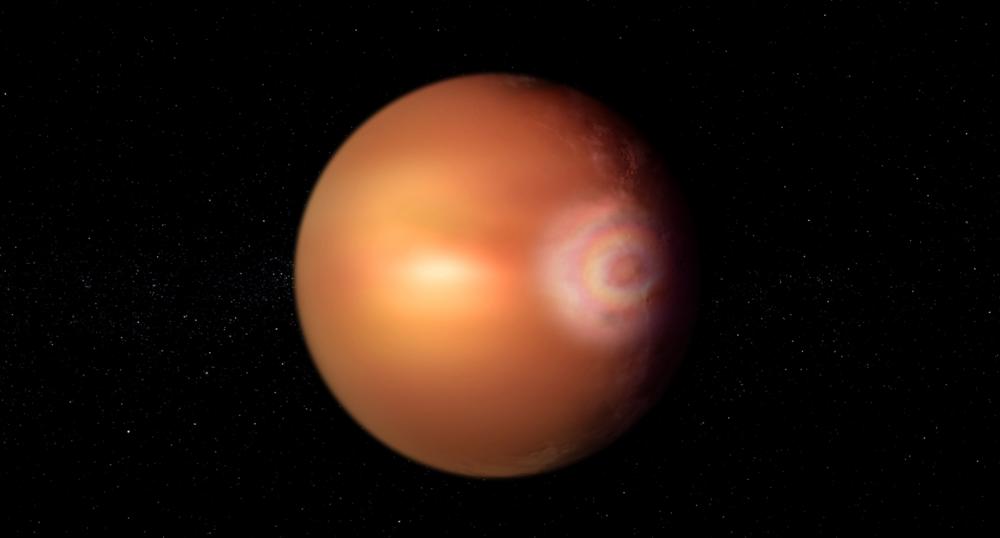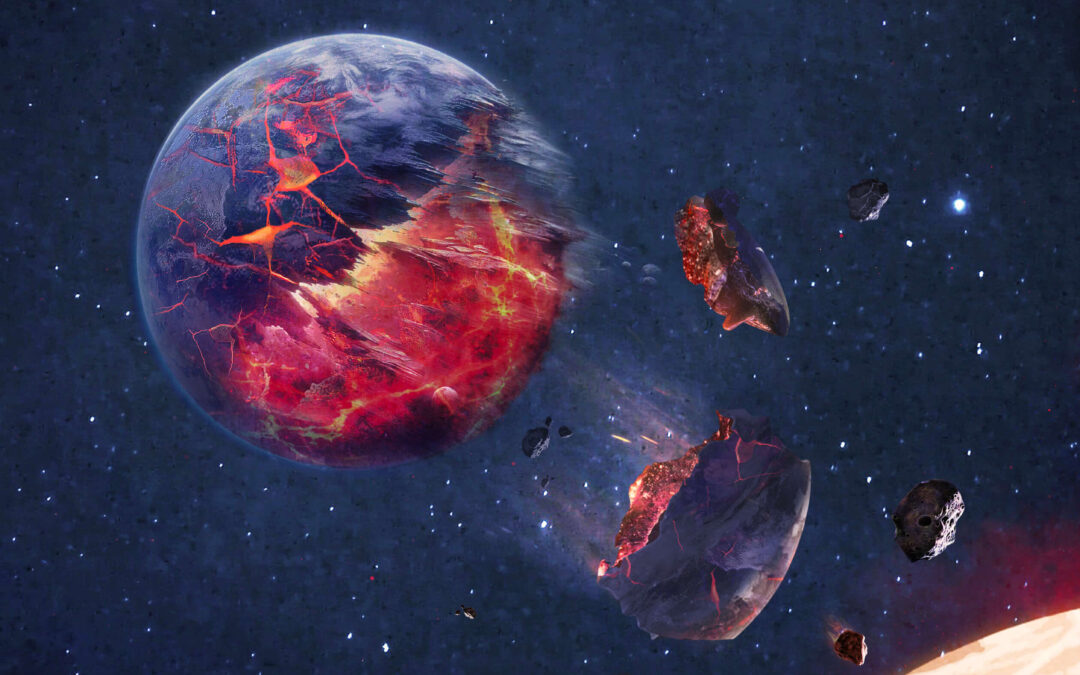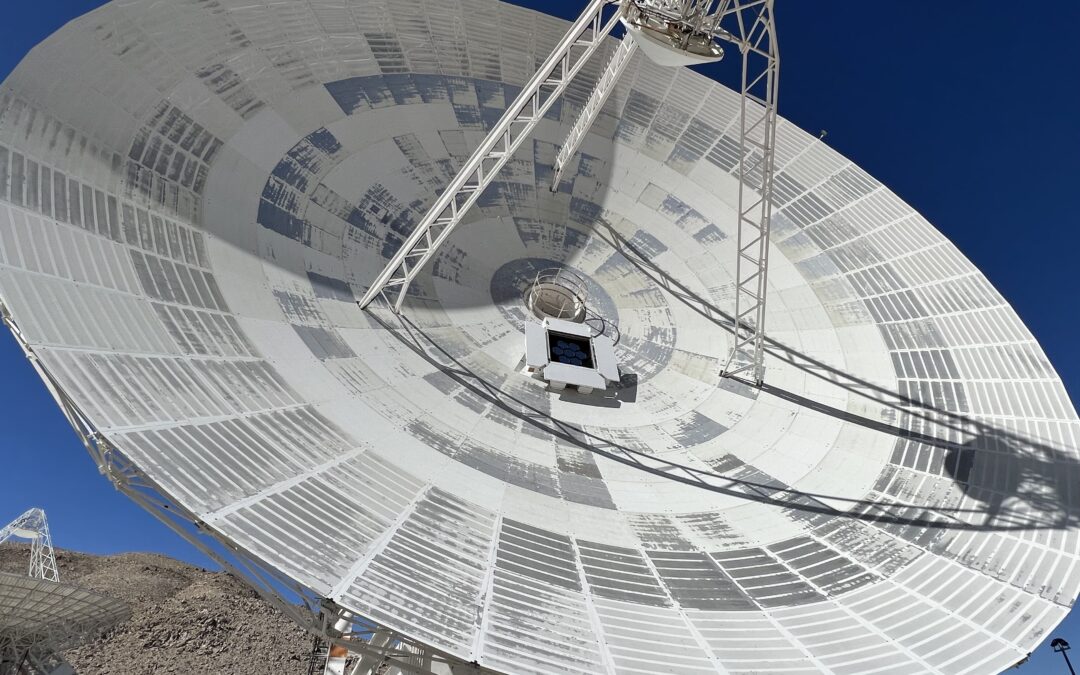Here in the inner solar system, we live in the land of rocky objects and cratered planets. While the largest concentration of rocky objects are gathered up in the Asteroid Belt, the entire inner solar system has swarming rocky objects of various sizes. At the most basic level an asteroid is just something that doesn't have ices on its surface that are causing it to grow a tail when temperatures rise and reflect lots of light when it’s fully frozen. As we move out past Mars and into the asteroid belt, temperatures drop, and we transition from objects like Vesta that formed in wet...




